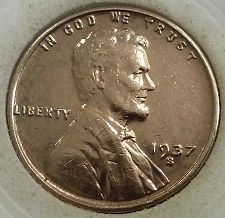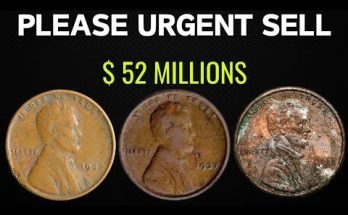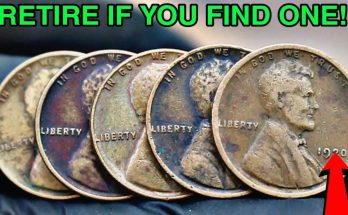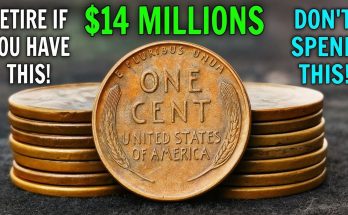Coin Value Price Chart for Lincoln Wheat Cent 1C. Lookup Coin values for Good, Very Good, Fine, Very Fine, Brilliant Uncirculated & Proof conditions and MS grade. How much Lincoln Wheat Cent are worth. Buy & Sell. Coins for sale for Lincoln Wheat Cent type items.
The Lincoln Wheat Cent series, minted from 1909 to 1958, is a popular and historic coin with a wide range of values. While many of these coins are common and worth just a few cents, certain years, mint marks, and conditions can make them worth significantly more. The value of a specific Lincoln Wheat Cent depends on its date, mint mark, and condition.
Key Dates and Mint Marks
The Lincoln cent was minted in Philadelphia (no mint mark), Denver (“D”), and San Francisco (“S”). The mint mark is located below the date on the obverse (front) of the coin. The most valuable coins in the series are often those with low mintages or specific errors. Some of the most sought-after key dates include:
- 1909-S VDB: The first year of issue with the designer’s initials “V.D.B.” on the reverse, this coin has a very low mintage and is a classic rarity.
- 1914-D: A key date with a low mintage, making it highly valuable, especially in better conditions.
- 1922 “No D”: A famous error coin where the “D” mint mark was accidentally omitted from some coins struck in Denver.
- 1931-S: A low-mintage issue that is considered a key date in the series.
- 1955 Doubled Die Obverse: A well-known error where the date and some lettering on the obverse are distinctly doubled.
Condition and Grading
A coin’s condition, or grade, is crucial to its value. The better the condition, the more a coin is typically worth. Grading is a detailed process that assesses a coin’s wear, strike, and surface quality. Coins are assigned grades on a scale from 1 to 70, with 70 being a perfect, uncirculated coin. In addition to the numerical grade, coin values for copper coins are also affected by their color designation:
- Brown (BN): The coin has lost most or all of its original red luster due to age and exposure.
- Red-Brown (RB): A mix of red and brown color is present on the coin.
- Red (RD): The coin retains at least 95% of its original red luster, a condition most often found on uncirculated coins.
For common dates and mint marks, circulated coins may only be worth a few cents, while uncirculated examples can be worth a few dollars. However, for a key date like the 1909-S VDB, the value can range from several hundred to tens of thousands of dollars depending on the grade.
1937-S Lincoln Wheat Cent
The coin in the provided image is a 1937-S Lincoln Wheat Cent. The “S” mint mark, located below the date, indicates it was struck at the San Francisco Mint. While the 1937-S cent is not considered a rare key date, with a mintage of 34,500,000, its value still depends on its condition. In circulated condition, it’s typically worth a small premium over face value. However, a well-preserved, uncirculated example with original “Red” color can be worth considerably more to a collector. For instance, a circulated example may be valued at $0.15 to $1, while an uncirculated example can be worth $3 or more. Higher-graded examples, such as a certified MS67, can reach values of over $40.



